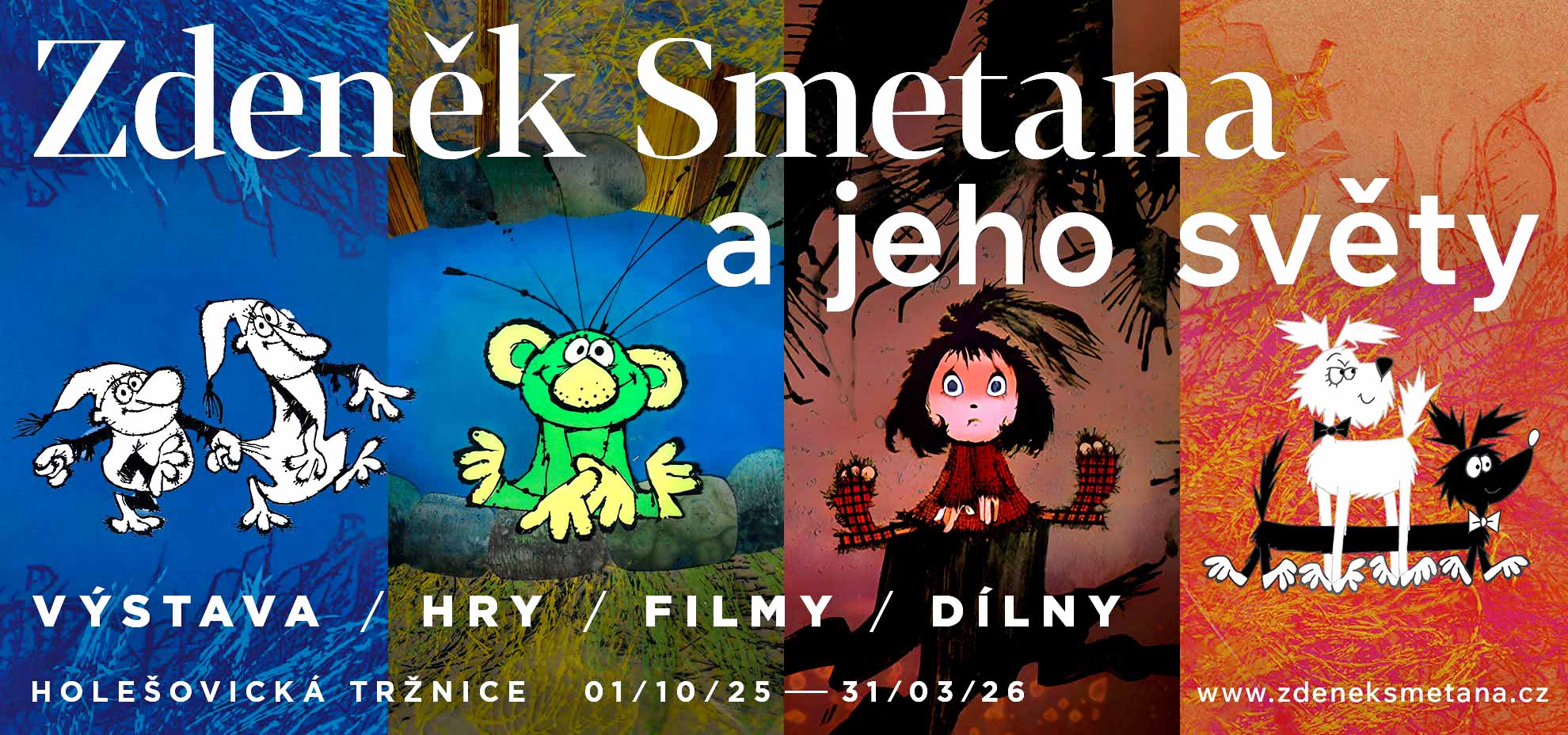TECHNIQUES IN FRONT OF THE CAMERA
In these techniques, the camera stands on a tripod, similar to live-action films. Its movements are generated devices that allow for the animation in tiny steps. The original solution was camera heads animated by rotating cranks, today movements are initiated by stepper motors controlled by a computer (called Motion Control).
Puppet Animation
Puppets with animation skeletons stand in front of the camera. This allows the animator to set the puppet in the desired pose so that it stays in the pose until the image is captured by the camera ̶ on a filmstrip as in the past or digitally using a computer as it is done today.
The puppets are made from a variety of materials – from wood, leather, fabric and fur to plastic, latex and silicone or plasticine. Karel Zeman even animated glass puppets for his Inspiration – the animators heated them up with glass blowers and then arranged them just as they would have done with regular animation puppets.
The puppets‘ faces were originally still, but today they are animated. Either the puppet’s head is fitted with an animation skeleton like the body, or the whole or parts of the head are replaced to create individual facial expressions.
Pixilation
Similar to puppet animation, but instead of a puppet, a live actor is present. The animator arranges him or her in static positions and then records them on camera. The process is repeated over and over again until an animated sequence is created.
